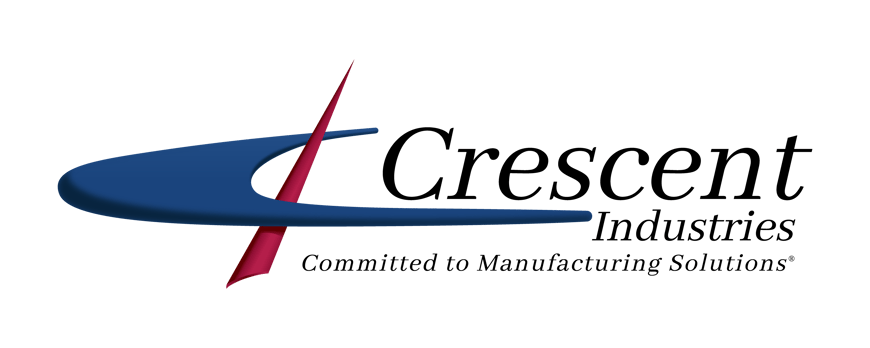
Creating a Long-Term Partnership with Your Injection Molder
If you are involved in choosing a plastic injection molding partner, you know how many different components, considerations, and issues are incorporated in that choice.
Some things, like the global disruptions in the supply chain, are not within your control. But your choice of a partner is something that you can control.
It’s never as simple as lining up several estimates and choosing the lowest number. Few things in life are that straightforward.
However, once you find a partner that works for your project’s needs, you might not be in a hurry to switch. You are seeking a long-term partnership that meets your needs now and, in the future, as you grow.
Understanding Your Plastic Component Needs
Getting an accurate estimate from a potential partner involves work by both parties. Before you start, it’s good to have a checklist or buyer’s guide in hand, so you keep some key considerations at the top of your mind.
Since you’re choosing a long-term partner, you’ll want to determine if that partner has a proven history with repeat customers. Who are their current and previous clients? If clients left, why was that? Does the partner have the suitable size injection molding machines and production capability you are looking for?
And even if they can do a short run, are they capable of meeting increased production demands?
Evaluating the Cost of Ownership for Plastic Parts
One of the most significant issues in the injection molding industry is evaluating the cost of ownership throughout the lifetime of a project. That means having a handle on your current and future needs.
No one wants to get a project to stall because of capacity or resource constraints. If you plan to increase production, your partner must have the ability to grow with you.
Some partners have evolved to offer post-processing operations to help manage the complete supply chain. Using this full-service approach, the partner provides design, mold build, molding, secondary operations, and inventory management.
How do you know you can trust the partner to deliver your project on time and within your budget?
Cautionary Tales for Selecting a Injection Molder
If you aren’t careful, you can end up with a mismatch.
For example, one OEM chose a supplier for initial prototyping and short-run production. After the demand for production increased, the partner could not meet the demand. The OEM had to move the tools to a supplier that could handle the high-volume orders.
Another OEM spent valuable time and resources on setup fees only to learn that they had chosen a supplier that only did high-volume production.
Just like when you’re seeking long-term relationships of other kinds, communication is key. Potential partners should demonstrate that they can meet your expectations for quality, timeliness, and capability.
Ask lots of questions. The buyer’s guide provides examples of questions to ask before requesting an estimate for plastic injection molding. An excellent potential supplier will answer your questions willingly because they want to know whether it’s a good match.
Questions for Injection Molding Partner
There are some crucial questions to ask that will help determine what it would be like to work with this potential partner.
Not all of the crucial questions are technical. For example,
- Does the partner act as an extension of the engineering team (DFM)?
- How will they communicate during all project-related tasks? Are they responsive and attentive to your calls and emails? Are they problem solvers?
- Do they have a structured and transparent process for meeting objectives, resolving disputes, and working with suppliers? How they deal with other partners speaks volumes for how they will communicate with you.
- Do they have the knowledge and experience to guide you through the material selection process?
As you move forward to evaluate estimates from potential partners, recognize that not all proposals are equal or accurate.
You don’t want to face hidden expenses or get in the position of comparing “apples and oranges.” There is a difference between an upfront price per part and the long-term cost of supplying parts over the production lifetime.
And there’s a distinction between a vendor and a long-term partner.
It’s worth making an effort to discover the difference.
Related Articles
-
Apr 10, 2025
How Are Injection Molds Made for Plastic Manufacturing?
Read MoreDo you have a part design and need an injection mold built? Are you interested in finding a tooling...
-
Mar 19, 2025
Top 6 Advantages of Injection Molding for Your Project
Read MoreInjection molding — the process of injecting molten resin into a mold — is one of the most...
-
Feb 19, 2025
Injection Molding vs CNC Machining: Which Method to Choose?
Read MoreEvery year, humans produce and use countless plastic products in various shapes, sizes, and...

